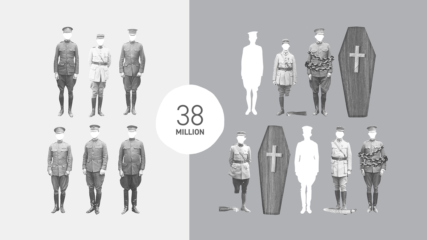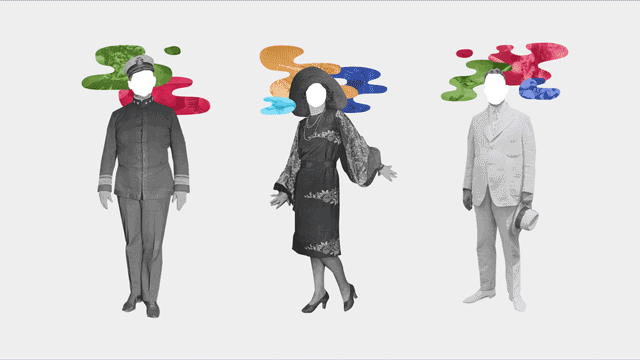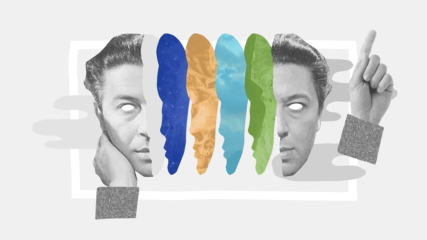Dalí Museum
The Dalí Museum has been a staple in our local arts and cultural scene for more than 35 years, caring for and sharing an expertly curated collection of Salvador Dalí works to delight and educate their visitors. Beyond their collection and rotating special exhibitions, The Dalí is also an active resource in the cultural life of our community. Each year, The Dalí Museum Education Department invites 6-12th grade students across Florida to submit their artwork to the annual Student Surrealist Art Exhibit. For the past few years The Dalí was seeing a downward trend in the conceptual strength of the submissions. They wanted to better support teachers and students by providing the background and history of Surrealism so that student artists had a more solid foundation from which to create their art.
Challenge
The Dalí approached us to make a long form educational video that covered the “big ideas” of Surrealism and the history that brought it into existence. In addition to distilling an incredible amount of content into a manageable outline, our script had to speak to a diverse teenage audience that ranged in age from twelve to eighteen years old. Despite the provocative history and visuals that accompany the story of Surrealism, this had to be a PG version that could pass muster with the public school board and couldn’t include any language or visuals that might prematurely date the video.
Solution
In order for this video to be successful, it had to be timeless, accessible to an ever-changing audience, and authentic. Our concept could not rely on pop culture references, an on-screen narrator who may look dated or come across as inauthentic, or an approach rooted in current technology trends. And for the material to be accessible to as broad of an audience as grades 6-12, the concept needed to engage with humor and approachability without being silly or childish. We chose to craft the narrative of Surrealism through a mixture of “motion collage” and historical images, footage, and artwork. The content works in layers so the video can be accessed at different levels of maturity and artistic knowledge, and it engages with verbal and visual language that echoes how this audience processes information (quickly). The script is written and read from a position of confidence, but the tone is careful not to lecture, and main takeaway points are reinforced through on-screen text. Due to copyright laws, this film is currently being privately distributed to all public and private art and AP Art History students in Florida.





